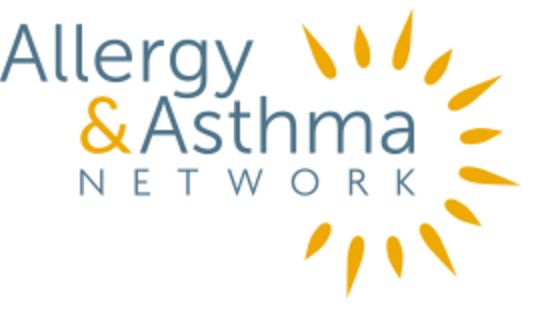Shellfish is one of the top food allergens among adults and the one that sends food-allergic people, aged 6 years or older, to the emergency department more often than any other. Most people with shellfish allergy do not develop it until adulthood. Overall, shellfish allergy affects nearly 7 million people, or about 2.3 percent of the U.S. population.
A shellfish allergy is distinct from an allergy to fish. Those who are allergic to shellfish do not necessarily have to avoid fish, and vice-versa. Within the shellfish family, it is the crustacean group (e.g., shrimp, lobsters, crabs) that causes the greatest number of allergic reactions. Many shellfish-allergic people can tolerate mollusks such as scallops, oysters, clams, and mussels; however, anyone with shellfish allergy symptoms should consult an allergist before eating any kind of shellfish.
How do you know if you’re allergic to seafood?
Symptoms can include tingling or swelling in the mouth and throat; runny nose and sneezing; chest tightening and wheezing; stomach problems such as nausea, vomiting or diarrhoea; or hives
However, some of these symptoms can also come from eating undercooked fish or fish that has not been stored properly. Spoiled fish can contain histamine, a substance that produces allergy like symptoms such as hives and flushing.
If you experience any of these symptoms after eating seafood, it’s important to visit an allergist for testing, because seafood allergy symptoms can suddenly erupt into anaphylaxis, a life-threatening reaction that requires immediate treatment. Anaphylaxis involves a sudden drop in blood pressure, swelling of the airways and severe breathing problems. Allergists recommend that people at risk of this severe allergic reaction always carry self-injectable epinephrine to use at the first sign of symptoms.
Fish Facts
- Seafood allergy is more common in adults than children and more common among women than men.
- Children are more likely to be allergic to fish such as salmon, tuna and halibut than shellfish.
- Adults are more likely to be allergic to shellfish, particularly shrimp, crab and lobster.
- Seafood allergy often lasts a person’s lifetime.
- Seafood is a common ingredient in many Asian foods.
- Imitation seafood often contains trace elements of real fish, especially as flavoring.
- Worcestershire sauce and some salad dressings contain anchovies.
- Cross-contamination can be a serious problem in restaurants.
- Cooking does not destroy fish proteins that cause allergy.
- People caring for children allergic to seafood should wash their hands with soap and water after eating fish.
- Exercising within 3-4 hours of eating shellfish can set off food-dependent exercise-induced anaphylaxis in some people.
- Handling fish or inhaling fish vapors may cause asthma symptoms or contact dermatitis.
Information reprinted with permission from the American College of Allergy, Asthma & Immunology
© 2021 Allergy and Asthma Network

Last updated : 7/7/2020